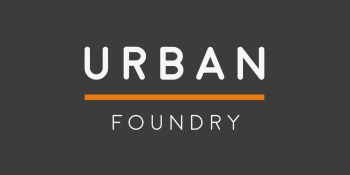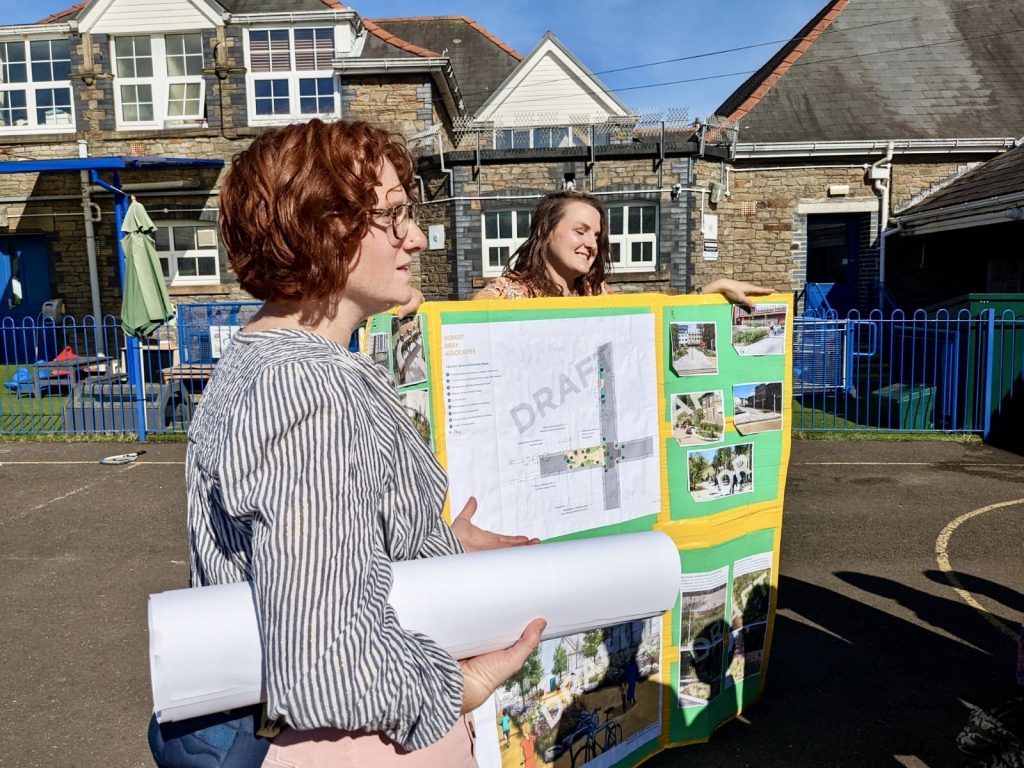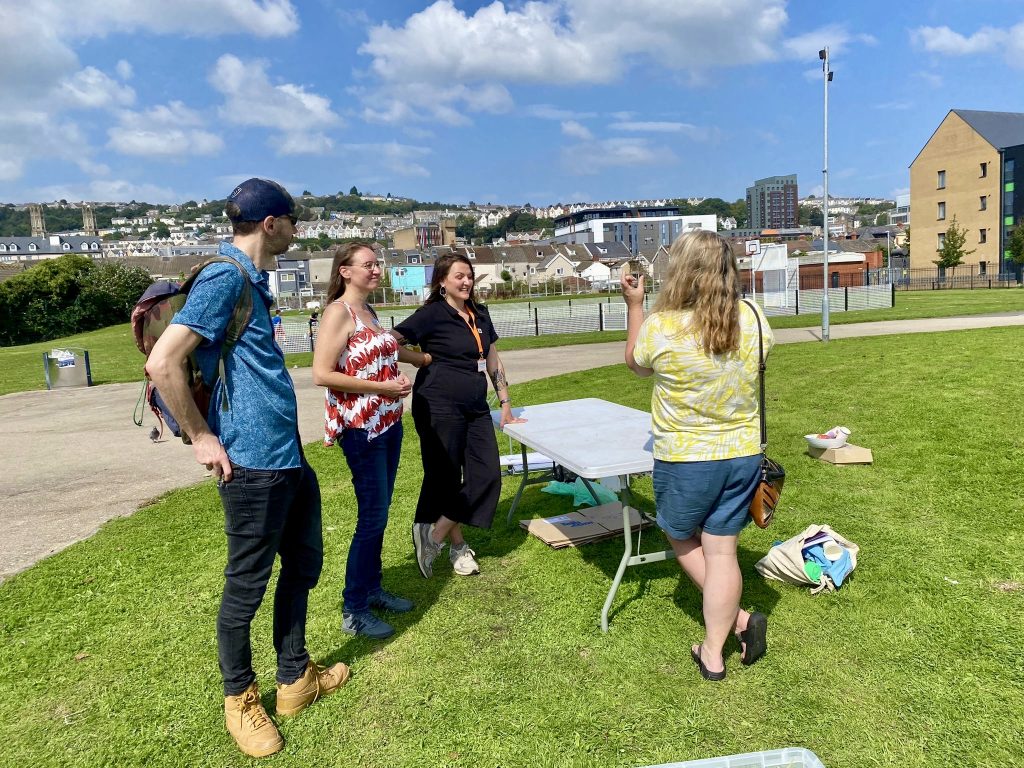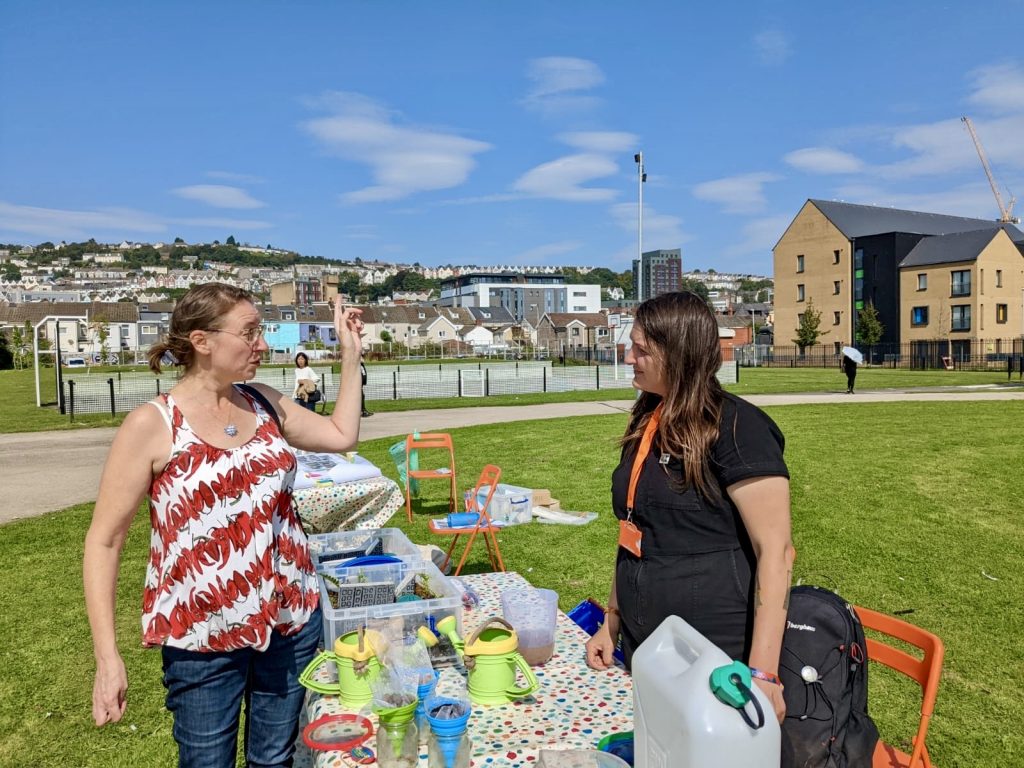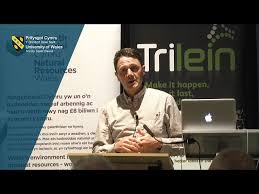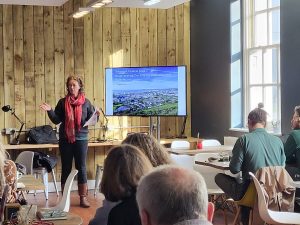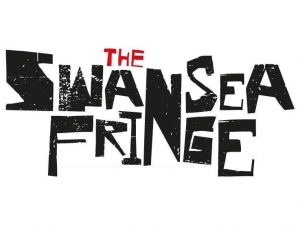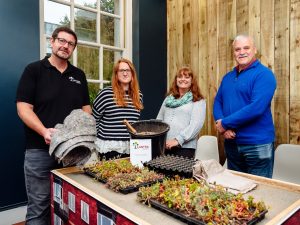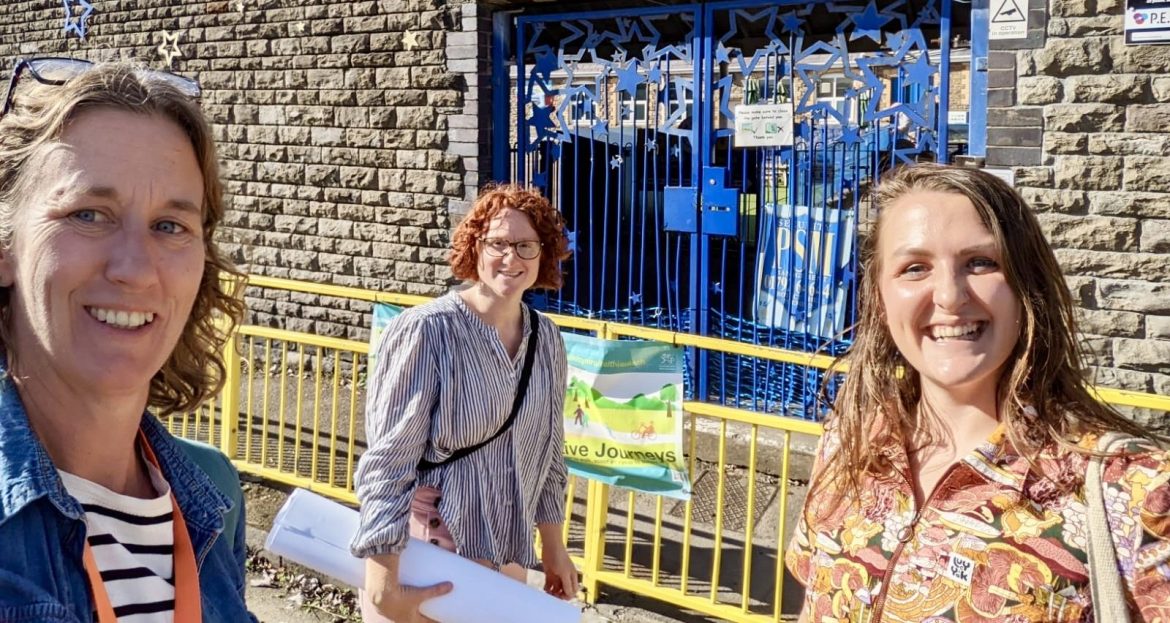
Transforming Sandfields with new green spaces and improved accessibility.
As part of a wider green infrastructure strategy led by Swansea Council and Natural Resources Wales, new green spaces and improved accessibility in the Sandfields area of Swansea are being designed, with input from the community. This is particularly important given the area’s proximity to the coastline, where the effects of climate change are most obvious.
The aim of this is to safeguard both people and nature. It allows us to adapt to climate change and reducing pollution in Swansea Bay through nature-based sustainable urban regeneration.
This project is funded by Welsh Government’s Active Travel and Local Places for Nature funding. It is also funded by the UK Government through the UK Shared Prosperity Fund, Natural Resources Wales’s Swansea Bay Opportunity Catchment Fund and Wates.
Green spaces for a healthier community
Aligned with Swansea Council’s efforts to promote sustainable travel options like walking, wheeling, and cycling, new green spaces, known as raingardens, will be developed outside St Helen’s Primary School and at the end of Fleet Street.
These spaces will:
- Enable shorter, more direct journeys along low speed / low traffic roads through the Sandfields for people on bikes.
- Install raised junctions / dropped kerbs along with tactile paving to provide spaces accessible to all users
- Slow down the flow of rainwater into storm drains. This helps reduce flooding risks and reduce pressure on the sewer network.
- Help minimise pollution in Swansea Bay by filtering stormwater through natural processes.
- Provide shade during hot summers, creating cooler, more comfortable public spaces to combat the urban heat island effect.
- Clean the air; plants act as natural air filters that absorb pollutants and release oxygen, improving air quality for residents.
- Connect people to nature. Research shows this can reduce stress, increase mental wellbeing, and promote physical health.
- Provide homes for wildlife, encouraging biodiversity through habitats for birds, insects, and local species.
Community engagement in Swansea
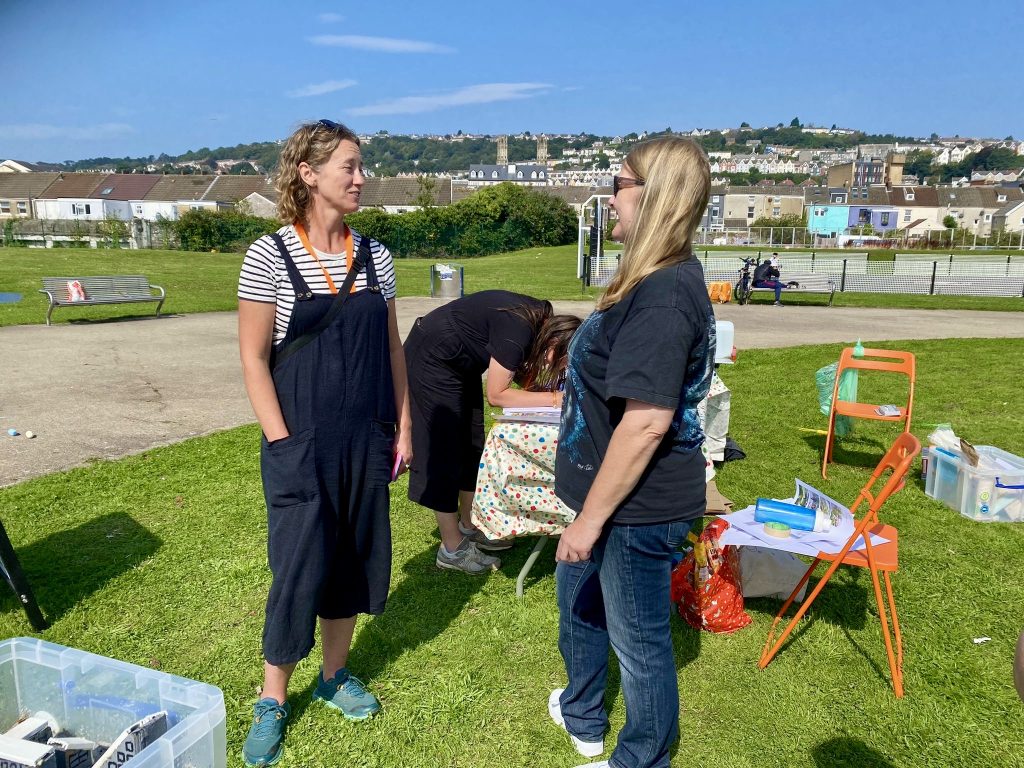
Urban Foundry worked with Swansea Council and Natural Resources Wales team to lead community conversations around this new green infrastructure.
To ensure inclusivity, we developed and distributed leaflets in the five main languages spoken in the community: English, Welsh, Bengali, Mandarin, and Arabic. Our team spoke to those living in the area about the new developments, the benefits for the community, and what they could do to help look after these spaces. If we were unable to speak to residents, leaflets were delivered to homes and businesses in the surrounding areas.
We also organised an in-person engagement event at Vetch Field Park. Here, the Urban Foundry team hosted family friendly activities with Swansea Community Farm to demonstrate how these new raingardens work in a fun and engaging way.
This event was a success, attracting many community members. Our team had the opportunity to discuss the upcoming improvements, talk about the impacts of raingardens and how they can help to tackle the impacts of climate change. Those who attended were positive about the developments and welcomed the opportunity to talk about the detail of the plans and learn about how they work.
Involving young people in the regeneration process
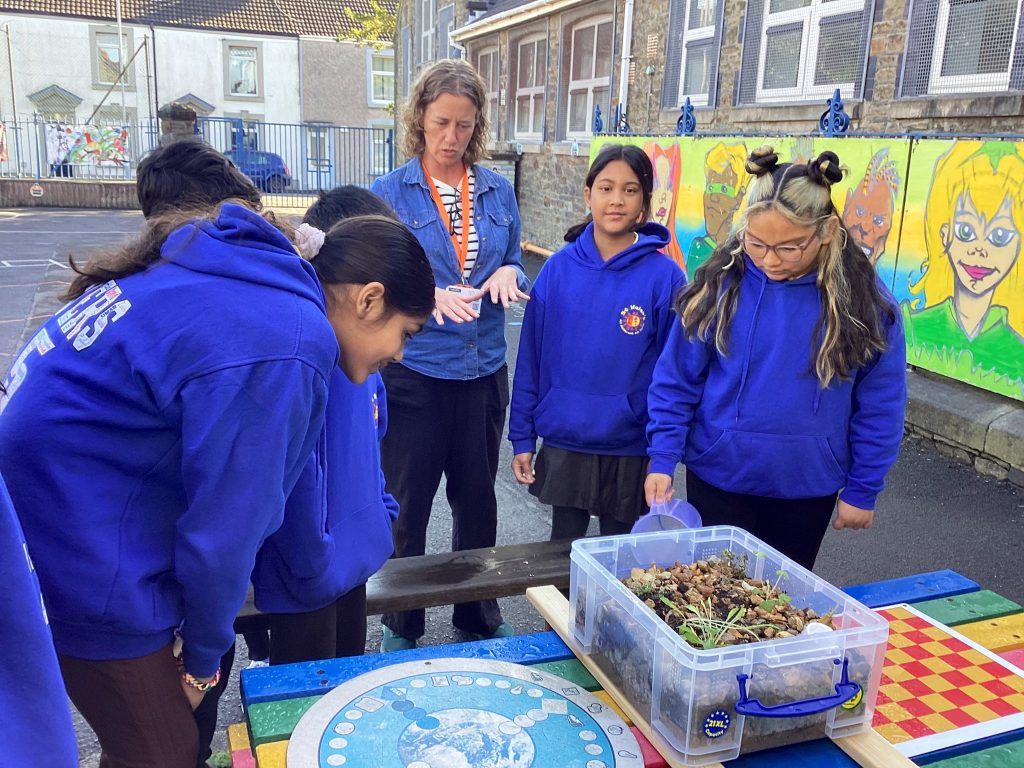
Children at St Helens Primary School helped to inform the initial concept designs to transform the space at the main entrances. The team returned to the same class to share the concept designs and make sure that they had been listened to. The children were excited by the designs, and provided feedback to the designers to make sure their ideas were incorporated.
Importantly, the children had the chance to learn about the significance of green infrastructure in a fun and engaging way. Being at the school also gave the team the chance to talk to teachers and parents about the designs. One parent said that the change to the space “would make my children want to come to school.”
Past successes in green urban projects
Urban Foundry has a track record of working on similar projects. This includes the installation of a new raingarden on Burrows Road in 2023. This project also focused on creating green infrastructure to absorb rainwater and improve urban biodiversity, setting a precedent for sustainable urban regeneration in Swansea.
“Involving the community in design and development of green spaces where they live is essential. A big part of the conversations we had in the Sandfields was about sharing information on how nature can help to tackle the effects of climate change. People were grateful to be included in these vital conversations. It also meant we had some great suggestions which we have fed back to the designers. We made sure that the engagement process was inclusive and meaningful, giving everyone a chance to have their say. The response was very positive. Many residents expressed excitement that their community had been chosen for these developments.” – Kate McCabe, who managed the project alongside Tatiana Bodnar.
“We are committed to involving the community in the green infrastructure plans that directly affect them. By speaking to residents early on in the process, they can have a say in these developments, help to inform the designs, understand the thinking behind these developments and play an active role in caring for and protecting them in the future. This approach is part of a broader strategy to future-proof our city and its urban green spaces. The raingarden we installed in Sandfields earlier this year has been a success. Not only does it enhance the beauty of the area, but it also provides measurable environmental benefits.” – Fran Rolfe, Senior Green Infrastructure Officer, Natural Resources Wales
At the time of writing, feedback gathered from the community is being compiled into a final report. The green infrastructure team will then review and incorporate into the development plans. This work was funded through the Wates Family Enterprise Trust.
